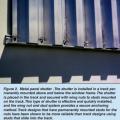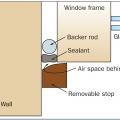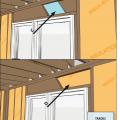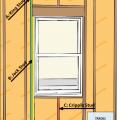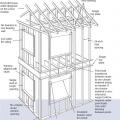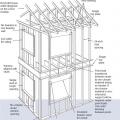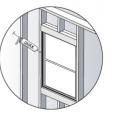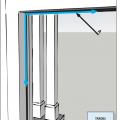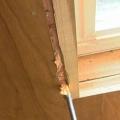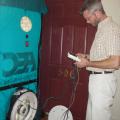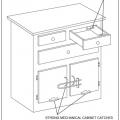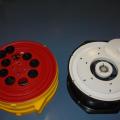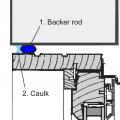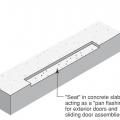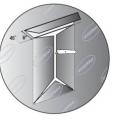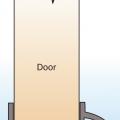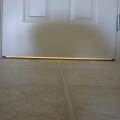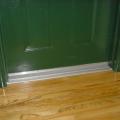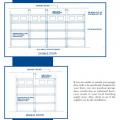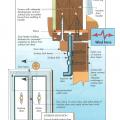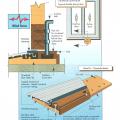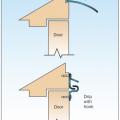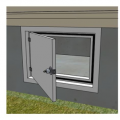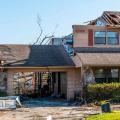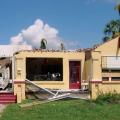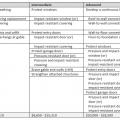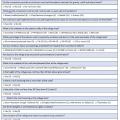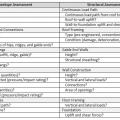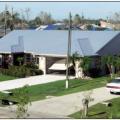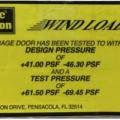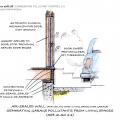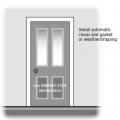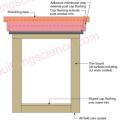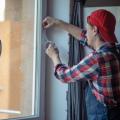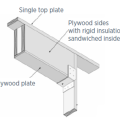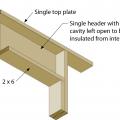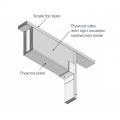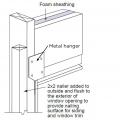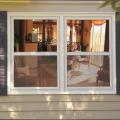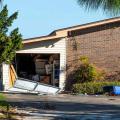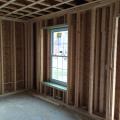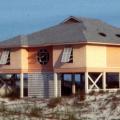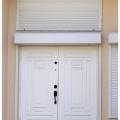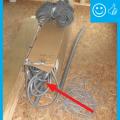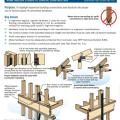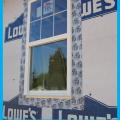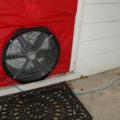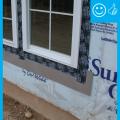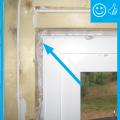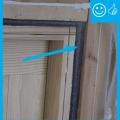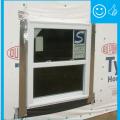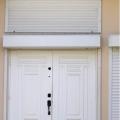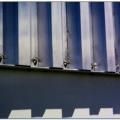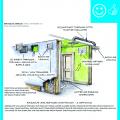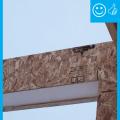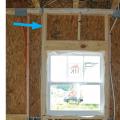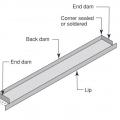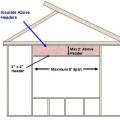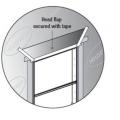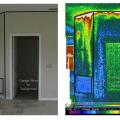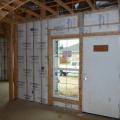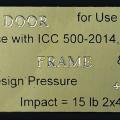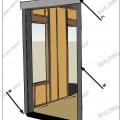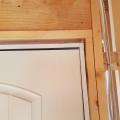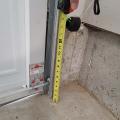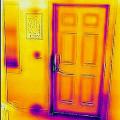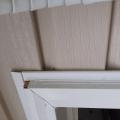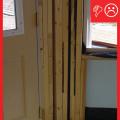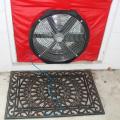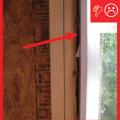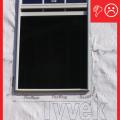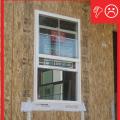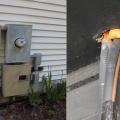Showing results 1 - 111 of 111
A home is tested at two points for enclosure air leakage
A metal storm panel is installed in a track permanently mounted above and below the window frame and secured with wing nuts to studs mounted on the track.
Accordion-type hurricane shutters protect sliding glass doors from high winds and wind-borne debris.
Air seal door and window rough openings with backer rod, caulk, or nonexpanding foam
Anchorage failure in sliding glass doors due to negative pressures from hurricane force winds.
Blower door tests can be an important part of a home energy assessment to check for comfort improvements
Calibrated blower door fans are used for envelope leakage testing
Closed-cell backer rod is installed for air-sealing window and door rough openings.
Door undercuts are commonly used to provide a return air pathway from rooms with closed doors
Doors to individual units in a multifamily building are separated from corridors using weatherstripping and airtight door sweeps.
Drip flashing at the door head and drip flashing with hook at the head help to keep out wind-driven rain.
End conditions for braced wall lines with continuous sheathing, Figure R602.10.7 in the IRC
Failure of a garage door due to pressure differences under hurricane force wind conditions resulting in damage to the house.
Failure of Roof Structure from Pressurization Due to Window Failure During a Hurricane.
Hurricane force winds that breach external windows and doors can then cause failure of the entire building due to internal pressures on walls and roof.
In areas prone to high winds and hurricanes, double vertical “jack trim” and horizontal “header” and “sill” studs are recommended on all sides of window and door openings.
Install a self-closing door with weatherstripping and thoroughly air-seal the shared house-garage walls to help keep automobile exhaust and other pollutants out of the home.
Install an ENERGY STAR labeled insulated door with an automatic closer. Weather strip the door frame
Install insulating foam sheathing and tape all seams to serve as a continuous drainage plane behind the home’s cladding.
Instead of solid timber headers over windows, insulated headers can be used consisting of prefabricated structural insulated panels or site-fabricated with two sheets of plywood sandwiching a layer of rigid foam.
Insulated header made of one piece of plywood aligned with exterior wall, with room for insulation to inside
Insulated header made of two pieces of plywood that sandwich a layer of rigid foam insulation
Insulated headers can be hung with metal hangers instead of jack studs to reduce lumber usage
Modern low-E exterior storm windows blend in with the original window and provide a year-round increased comfort and energy efficiency
Negative pressures caused by high winds pulled this garage door out of its tracks
Right – The ties are bent at a 90 degree angle at the nail head and embedded into the mortar joint at least 1.5 inches.
Right - Manometers are placed away from the indoor side of the fan during blower door testing
Right - These homes have hurricane shutters to protect against high winds and to provide solar control.
Right – Appropriate use of framing members to support double windows and additional cripples for drywall purposes
Right – Backer-rod is a foam product available in various diameters that can be used to air-seal openings around doors and windows.
Right – The blower door is installed snugly and securely to the door frame during testing
Right – The blower door pressure reference hose is placed well away from the outdoor side of the fan
Right – The flashing is properly installed to create a complete drainage system with continuous rigid insulation sheathing/siding
Right – The rough opening around the window has been filled with low-expansion foam to air seal.
Right – The rough opening around window has been filled with backer-rod to air seal.
Right – There is flashing installed along the top of the window and the water-resistant barrier is layered over to create a complete drainage system
Right – This exterior door is installed to swing out and has storm protection shutters.
Right – This metal panel window shutter is installed in a track permanently mounted above and below the window frame and is secured with wing nuts to studs mounted on the track.
Right – Transfer grilles, Jump ducts, and wall grilles provide passive returns for air returning from bedrooms to the central HVAC system
Right – Weatherstripping has been installed and remains in contact when the door is closed.
The grille in the photo on the left brings air into a return air plenum under an air handler platform. As shown in the infrared image on the right, the plenum is not air sealed so hot attic air is being pulled into the air handler closet.
The unprotected glazing in this door was broken by roof tiles dislodged by wind.
This hot climate zone home uses high quality batt insulation to insulate truss-joist headers.
Threshold Sweep Flashing protects the door and helps to keep out wind-driven rain.
Types of brackets recommended for use in securing cabinets and drawers to the wall of the home.
Wrong - During high winds air entered the home elsewhere and pushed out the door which was inadequately anchored to the wall.
Wrong - The garage door sensor is too high and it should be 4 to 6 inches from the ground.
Wrong - This IR image shows a lack of air-sealing around the door, window, and light switch that is allowing in cold air.
Wrong - Vinyl siding in incorrectly installed under not over door trim and door trim channel pieces are missing.
Wrong – Fibrous insulation is not an air barrier and cannot be used to air-seal openings.
Wrong – The blower door is installed improperly with a gap at the corner and along the side of the frame that will allow air leakage and could allow the frame apparatus to become dislodged during testing
Wrong – The blower door pressure reference hose (blue) ends too close to the outdoors side of the fan. Air moving across the end of the hose will affect the pressure reading
Wrong – The corners are not properly flashed, leaving a vulnerable area in the drainage system
Wrong – There is visible light around the door because no weather stripping has been installed.
Wrong – This electric wiring hole was filled with foam that is not protected with copper mesh or hardware cloth so rodents could chew through the foam and enter the house (see Solution Center Guide "Reduce Pest Intrusion").

